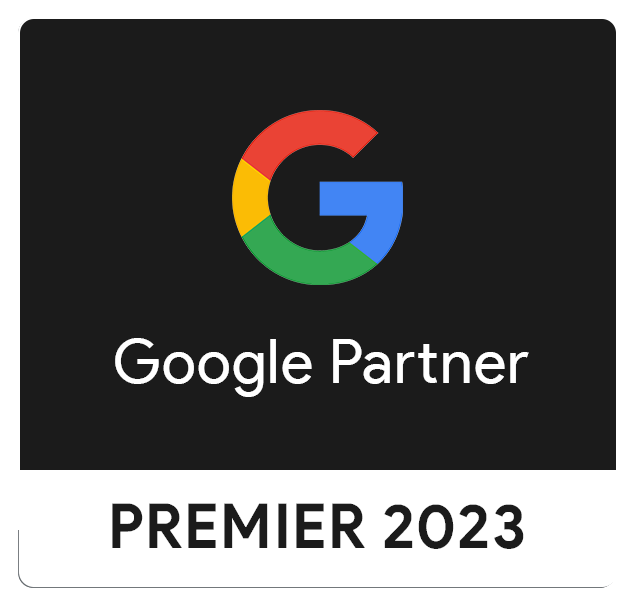The German e-commerce market has undergone some interesting shifts recently, as shown in the study "E-Commerce Market Germany 2023" by EHI and ecommerceDB among the largest web shops in Germany. What do these changes mean for Dutch Direct-to-Consumer (D2C) brands and retailers?
| Platz | B2C-Onlineshop | Net E-Commerce-Umsatz 2022 (Mio. €) | Hauptsegment | Quelle |
|---|---|---|---|---|
| 1 | amazon.de | 14.393,4 | Generalist | 4 |
| 2 | otto.de | 4.520,0 | Generalist | 2 |
| 3 | zalando.de | 2.609,2 | Bekleidung | 4 |
| 4 | mediamarkt.de | 1.811,0 | Unterhaltungselektronik | 1 |
| 5 | apple.com | 1.360,7 | Unterhaltungselektronik | 4 |
| 6 | ikea.com | 1.302,0 | Möbel & Haushaltswaren | 2 |
| 7 | lidl.de | 965,9 | Generalist | 4 |
| 8 | hm.com | 920,2 | Bekleidung | 4 |
| 9 | saturn.de | 897,0 | Unterhaltungselektronik | 1 |
| 10 | aboutyou.de | 894,5 | Bekleidung | 4 |
| 11 | notebooksbilliger.de | 702,0 | Unterhaltungselektronik | 4 |
| 12 | bonprix.de | 698,6 | Bekleidung | 2 |
| 13 | breuninger.com/the | 696,9 | Bekleidung | 4 |
| 14 | cyberport.de | 678,1 | Unterhaltungselektronik | 4 |
| 15 | shop-apotheke.com | 664,6 | Drogerie & Gesundheit | 4 |
| 16 | shop.rewe.de | 650,0 | Lebensmittel & Getränke | 4 |
| 17 | docmorris.de | 643,5 | Drogerie & Gesundheit | 2 |
| 18 | bestsecret.com | 626,7 | Bekleidung | 1 |
| 19 | alternate.de | 615,7 | Unterhaltungselektronik | 1 |
| 20 | tchibo.de | 580,0 | Generalist | 4 |
Dominance of Marketplaces in Germany
Dominance of the Big Three: Amazon.de, Otto.de and Zalando.de remain the biggest players in the German e-commerce market, with combined sales accounting for 41.4% of the total sales of the top 100 online stores. While this dominance may seem like a challenge for new and smaller players, it also presents opportunities. Dutch D2C brands can team up or offer their products on these platforms to gain access to a large part of the German consumer market. The top 10 B2C marketplaces in Germany generated sales of €72.8 billion in 2022. This highlights the importance of marketplaces as a channel for D2C brands to introduce their products to German consumers.
Room for niche providers
For the first time in 15 years, there is a decline in e-commerce sales in Germany. This shows that even in a mature market like Germany there can be fluctuations. For Dutch retailers, this means they need to be flexible, respond to changing consumer needs and proactively look for growth opportunities. While larger stores are experiencing sales declines, smaller online stores have shown relative growth. This suggests that there is room for niche providers and specialized brands to find a place in the German market. Dutch brands offering unique products or services can benefit from this trend. We see this with successful brands like Gimber, Speedcomfort and Joe Merino with which we have grown tremendously in recent years.
E-commerce growth of D2C brands
AboutYou's rise: The rapid growth and rise of AboutYou.de to the top 10 highlights the potential of fashion- and lifestyle-related online platforms in Germany. Dutch fashion and lifestyle brands should consider increasing their presence on such platforms or enter into collaborations to increase their visibility. With brands such as apple.com, breuninger.com and shop-apotheke.com showing impressive growth rates, it is clear that sectors such as technology, fashion and health have potential for further growth. Dutch brands in these sectors should focus on expansion and collaborations in the German market.
In summary, the dynamic German e-commerce market offers both challenges and opportunities for Dutch D2C brands and retailers. It is essential to stay abreast of market trends, proactively identify growth opportunities and remain flexible in an ever-changing environment.



